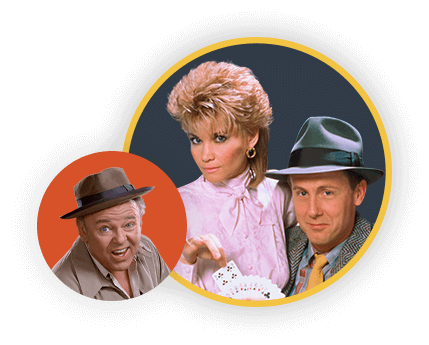Hugh Hefner and Playboy's Chicago roots

Image: AP Photo
Playboy has become a part of American culture unlike any other since its launch in 1953. With that first cover emblazoned with Marilyn Monroe’s wide smile and wave, Playboy became an enterprise. Clubs popped up around the world, allowing men to take the fantasy from 2D to 3D as “Bunnies” served them drinks. Dozens of movies and TV shows featured the bunny logo, one of the most recognizable pieces of branding of all time.
Creator Hugh Hefner was ahead of his time, embracing the impending sexual revolution and splicing nude and seminude centerfolds alongside in-depth interviews with public figures, as well as stories written by notable authors like Hunter S. Thompson, Haruki Murakami and Margaret Atwood.
Though modern Playboy has become synonymous with buxom, blonde women and a sunkissed California lifestyle, many forget that the brand actually had humble beginnings in Hefner’s hometown, a Midwest city where women are actually covered in big coats seven months out of the year: Chicago, Illinois.

1951
Hefner published his own book of risqué cartoons titled 'That Toddlin’ Town: A Rowdy Burlesque of Chicago Manners and Morals.' This was his first big break, having previously just written for small newspapers.
Image: Archive.org

1952
After becoming disheartened with his place in life, the 27-year old graduate of the University of Illinois decided to embark on his own publishing venture from his Southside apartment.
In a 2012 column in The Chicago Tribune, Hefner wrote, “A decade after high school, after serving in the Army during the Second World War, after completing my studies in psychology at the University of Illinois, after marriage and a dead-end job — I stood alone on the bridge. The euphoria of my high school years had long since faded. Bundled against the cold, I watched the Chicago River and wondered what had happened to those dreams, dreams that felt lost behind my uninspired career and unhappy domestic life. With tears in my eyes, I told myself I had to make a change.”
Image: Wikimedia Commons

1953
The first issue of Playboy is published, with $8,000 that Hefner raised selling his furniture and borrowing from his friends and family. Hefner wrote in his Tribune column that he had wanted to create a “sophisticated and sexy” men’s magazine.
He purchased a photo of Marilyn Monroe from a calendar company and didn’t even add a publication date to the cover because he didn’t know if this would be the only issue to ever hit stands.
Image: Wikimedia Commons

1959
The first Playboy Jazz Festival in Chicago takes place at the Chicago Stadium in Celebration of the magazine’s fifth anniversary.
Hefner also bought the original Playboy Mansion for $400,000 on the city’s Gold Coast. The enormous building was built in 1899 and and the brass sign above the door reading, “If You Don’t Swing, Don’t Ring,” warned visitors of the debauchery happening on the other side. Hefner lived on the second floor and rented the rooms out to Bunnies and Playmates for $50 a month.
Image: Wikimedia Commons

1960
The first Playboy Club opened on Walton Street. According to The Chicago Tribune, the club had 17,000 visitors in just its first month of business. The Club required a key for entry. While sexual liberation was what Hefner was known for, he also looked to fight segregation and hired African American women in his clubs.
Opening night, Bobby Short, Irwin Corey, Mabel Mercer and Mae Burns performed. Hefner told DNAInfo Chicago, "My initial concern was how to recreate for club members the fantasy that was reflected in the pages of the magazine. As it turned out, we put it all together and they brought the fantasy with them.”
Image: AP Photo

1965
Playboy moved to a bigger office in the Palmolive building on Michigan Avenue. Hefner wrote in the Tribune that the front of the building featured “nine-foot illuminated letters spelling out ‘Playboy.’” Before leaving the city in 2012, the offices moved to a building off of Lake Shore Drive in the 1980s.
Image: Twitter/@ChicagoHistory




